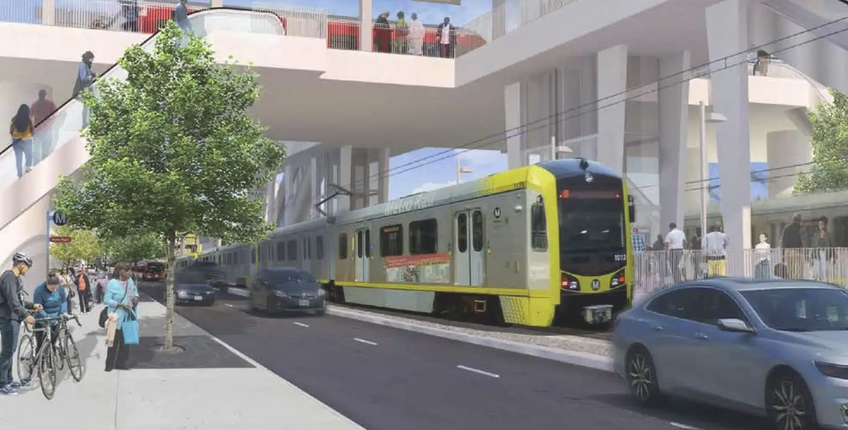
WASHINGTON — The Federal Transit Administration on Friday signed a $893.3 million grant agreement for LA Metro’s planned light rail line in the San Fernando Valley.
The 6.7-mile, $3.57 billion East San Fernando Valley Light Rail project will largely follow Van Nuys Boulevard, and connect the bus rapid transit Orange Line to two Metrolink lines, the Ventura County Line in Van Nuys and the Antelope Valley line in San Fernando, as well as to Amtrak service in Van Nuys. It previously received $600 million in state funding [see “California agency awards more than $2.5 billion …,” Trains News Wire, Feb. 2, 2023]. The Los Angeles Times reports that the federal grant completes funding for the project.
The grant is the first awarded under the FTA’s Expedited Project Delivery pilot program. More on that grant program is available here.
Transportation Secretary Pete Buttigieg said in a press release that the project “will reduce vehicle congestion, improve air quality, and provide residents an efficient and affordable way to get where they need to go.”
The first phase of the project will include 11 stations and a fleet of 33 light rail vehicles. As part of the project, a public-private partnership will design and develop a solar power system to provide approximately 70% of the energy for the line’s maintenance and storage facility. The first work on the project, street improvements and utility relocations, will began later this year, with completion projected in 2031. A study is now under way to develop design options for a 2.5-mile second phase that would extend to the Sylmar/San Fernando Metrolink station.
More on the light rail project is available here.
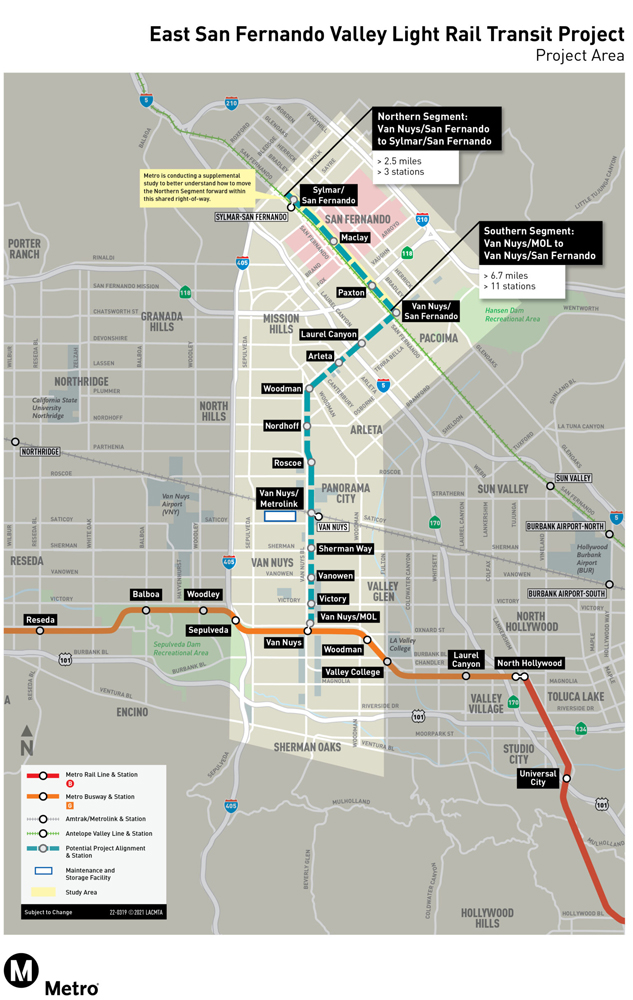






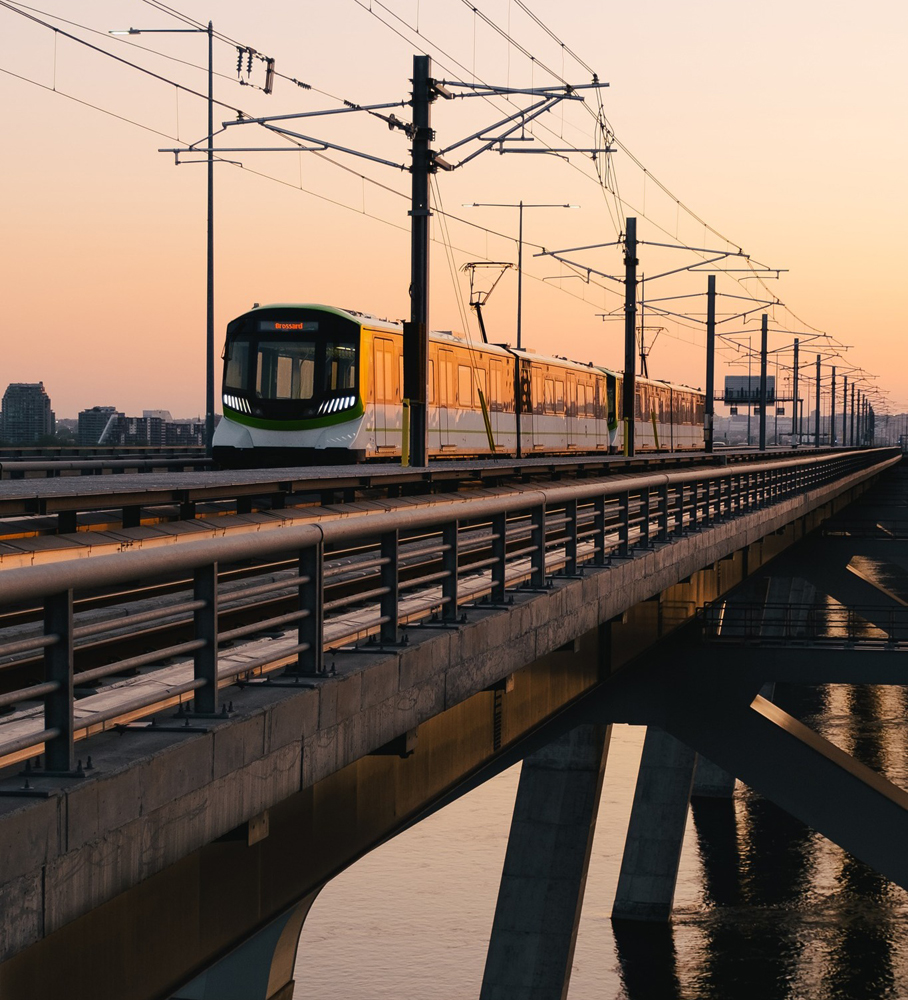
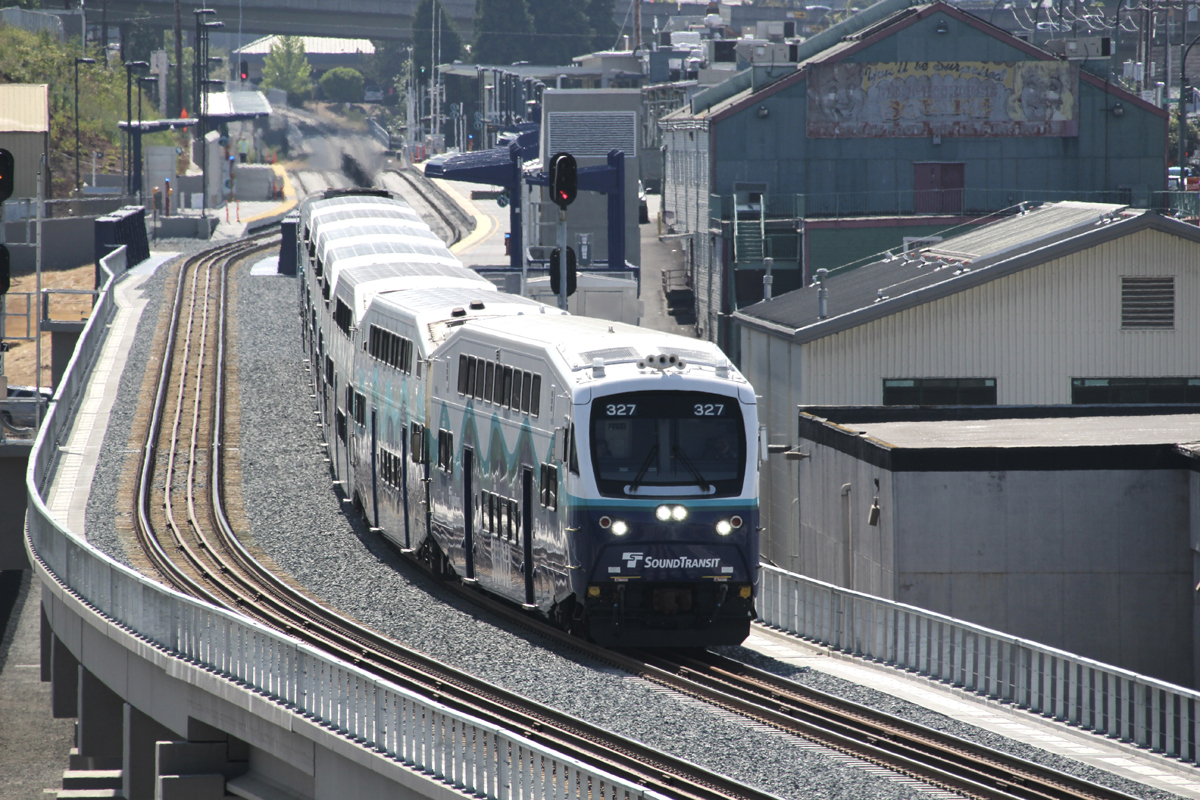
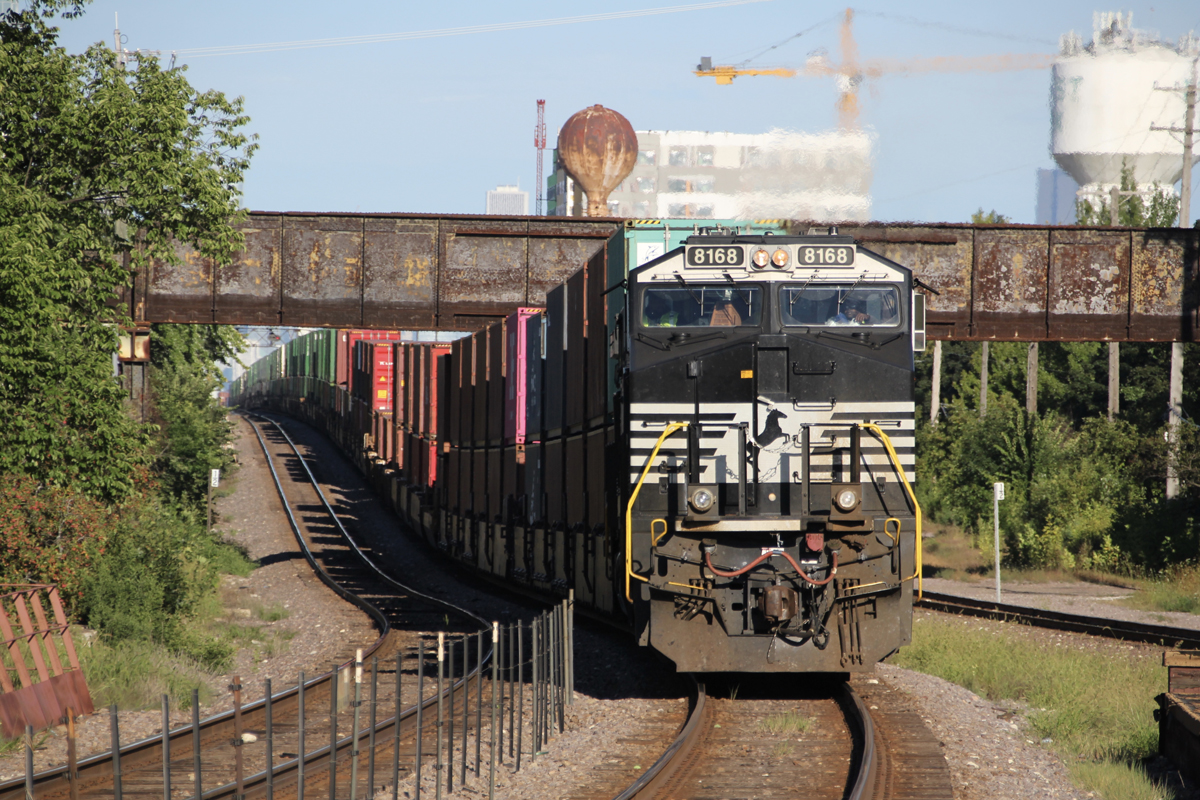
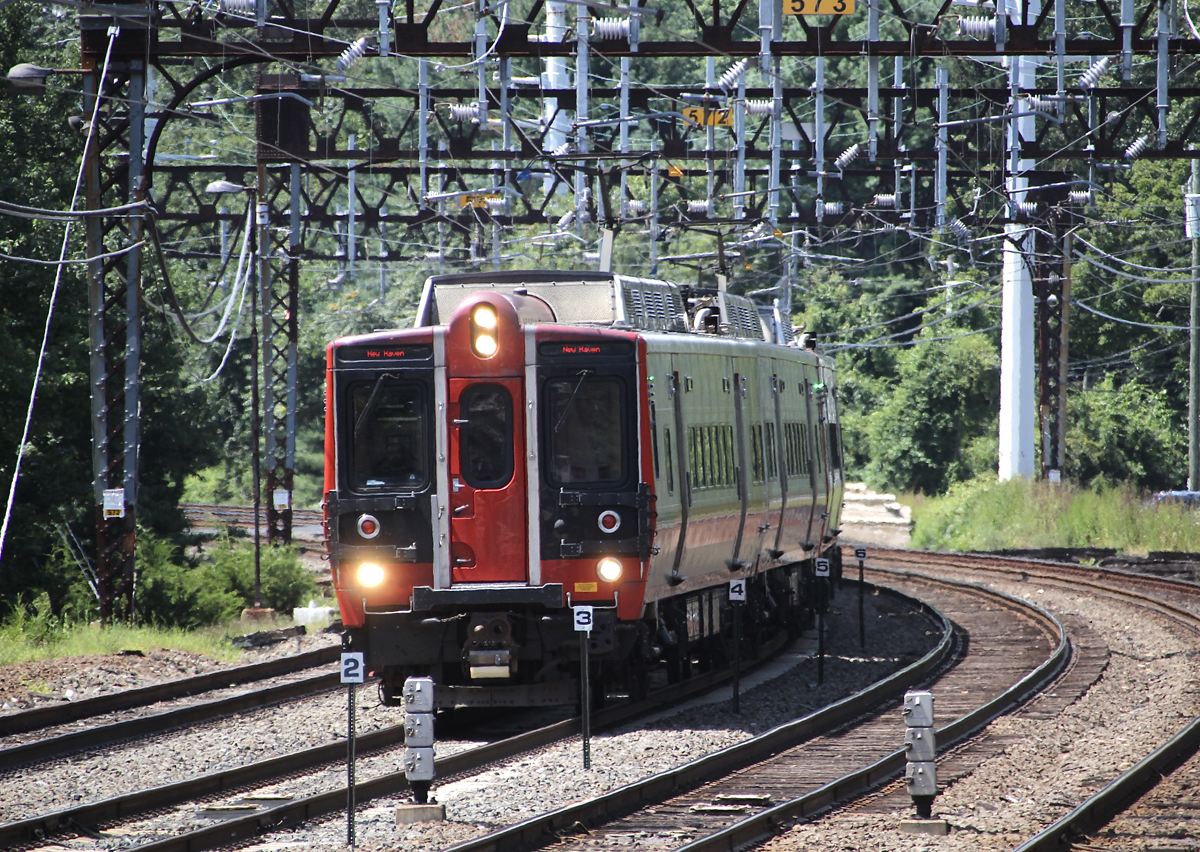




Administration dumping what’s left of the Inflation Reduction Act money before election. Afraid that if Trump wins, he’ll put a hold on all money not already spent.
Perhaps it’s just me, but I feel like this route would be stronger connecting directly to the Red Line’s North Hollywood station as opposed to requiring a bus transfer to connect, even if it is an express bus. Maybe that’s just planned as a future phase not shown.
At $388, 000,000 per mile, it would be cheaper to accomplish the same thing with electric buses. Seems irresponsible to spend so much on fixed system. Buses offer more flexibility and less capital expense. Has not anyone been asking questions of this?
Andrew: All good questions here (!) and presumably they were addressed during the LRT project’s environmental phase (NEPA/CEQA). Hopefully, the environmental documentation provided a clear, explanable, and rationale summary as to why the LRT alignment alternative was selected over other, possibly, more cost-effective alternatives (such as BRT).
In terms of fiscal “responsbility”, I suppose the LA MTA doesn’t have to worry about that as long as “Uncle Sugar” can cough up a good portion of the project’s cost, then they don’t have to worry …
As to Mr. Landey’s points below, RE: Feds. funding “local” light-rail projects, a valid point indeed. Yes, why should taxpayers in Maine, Florida, or Washington State be paying for “local” transit projects in the Los Angeles area? Or Honolulu? Or Miami?
By my way of thinking, yes, the feds. shouldn’t be funding “local” transit projects and this therefore calls into question some of the core functions of the Federal Transit Administration (FTA). Of course this line of thinking probably isn’t popular among the progressive pro-transit/new urbanism crowd, esp. in California and the Pacific NW.
I just read the federal budget deficit for this FFY (ending Sept. 30th) will be about $2 Trillion.
Who is John Galt…?
So much for having this project getting completed in time for the 2028 Olympics.
Charles the only way to prevent this “legalized theft” from our great-grandchildren would be either a balanced budget amendment, or repealing the 16th amendment (which would force the apportionment of the funds collected from a state to be spent for that state). Both options are never going to happen, and are outside of the promoted discourse on this site.
Charles, I guess it is similar to Federal funding for the little bridge at the end of my road here in Vermont. We received 90% funding from the Federal government for that replacement.
Now I’ll answer my own question. The reason for federal funding is that the states (and locals) are required to “balance” their budgets. Federal grants, which come from borrowed money, not actual revenue, count as “revenue” when wheeled over to the states and locals. It’s the biggest accounting scam in all of human history.
Why federal funding? Is traveling from Van Nuys to North Hollywood interstate transportation?